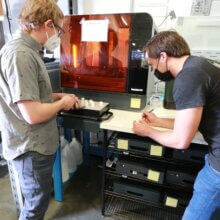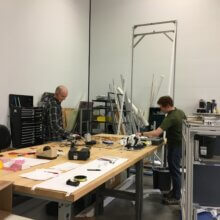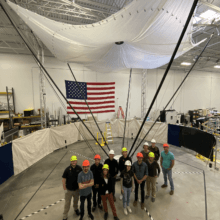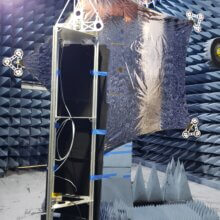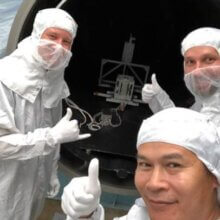Robust, Reliable, and yes… Deployable!
We know that when engineers hear “deployables” they typically associate it with risk. When we think about deployables — the secret weapon at the core of all our disruptive solutions — we only see opportunities to accomplish MORE by combining novel thinking with clever, artful packaging strategies that minimize stowed volume and mass to orbit, while remaining both robust and reliable.
From our earliest days, we’ve always believed that taking a hardware-centric approach drives us to learn as much as we can early in the design cycle and then retire risk at every phase of development. Key to this approach is early prototyping and testing so we can fail fast and iterate. Some call it Agile. We just call it the MMA way.
- 3D printing components allows us to rapidly validate designs.
- Dedicated R+D lab for confirming ideas and verifying functionality.
- The team celebrates a successful deployment using prototype membrane.
Lead by experts with many years of experience in moving mechanical assemblies, composite materials, space structures, analysis, and integration + test, our cross-disciplinary teams include materials experts, mechanical, RF, manufacturing, systems and electrical engineers, electromechanical technicians, and machine craftsman. This broad expertise enables us to deliver reliable solutions with industry-leading performance metrics no matter what the mission. And, well-funded internal research and development in emerging technologies means MMA can continue to redefine the state of the art in robust, high-performance deployable systems for space, keeping us on the bleeding edge.
Close collaboration across the team is also critical to our ability to distill designs to their most essential components, minimizing parts count, cost and risk through reduced system complexity. Our small company culture inspires collaboration, and we fiercely protect our mandate to be innovative. Frequent peer review, with key input from all disciplines on the team and levels of our organization — including our Chief Engineer, CEO and CTO — ensures we are applying best practices, novel thinking, and lessons learned to further mitigate risk.
- At the range.
- Thumbs up!
Our critical infrastructure enables us to evaluate structural strength and stiffness, execute gravity-offload deployments, environmental testing (vacuum, thermal, vibration), functional testing and RF range testing, followed by flight acceptance testing on the ground to demonstrate and ensure reliable and repeatable performance.
We know we can’t repair our systems once they are in space, so while we embrace failure during development as a method of accelerating advancements, failure is not an option on-orbit. And to date, we’ve delivered stellar results.
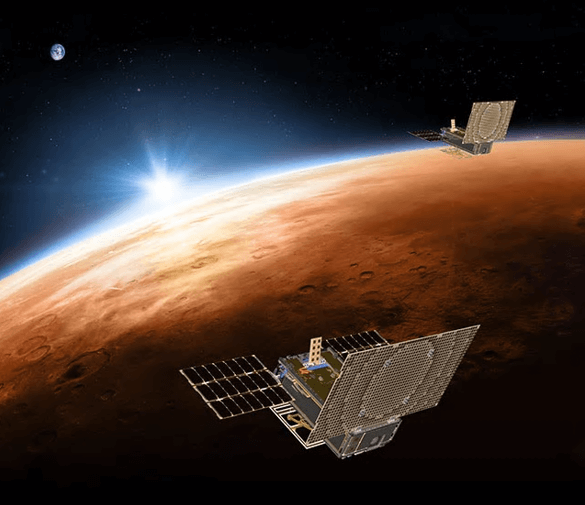
MarCO over Mars.
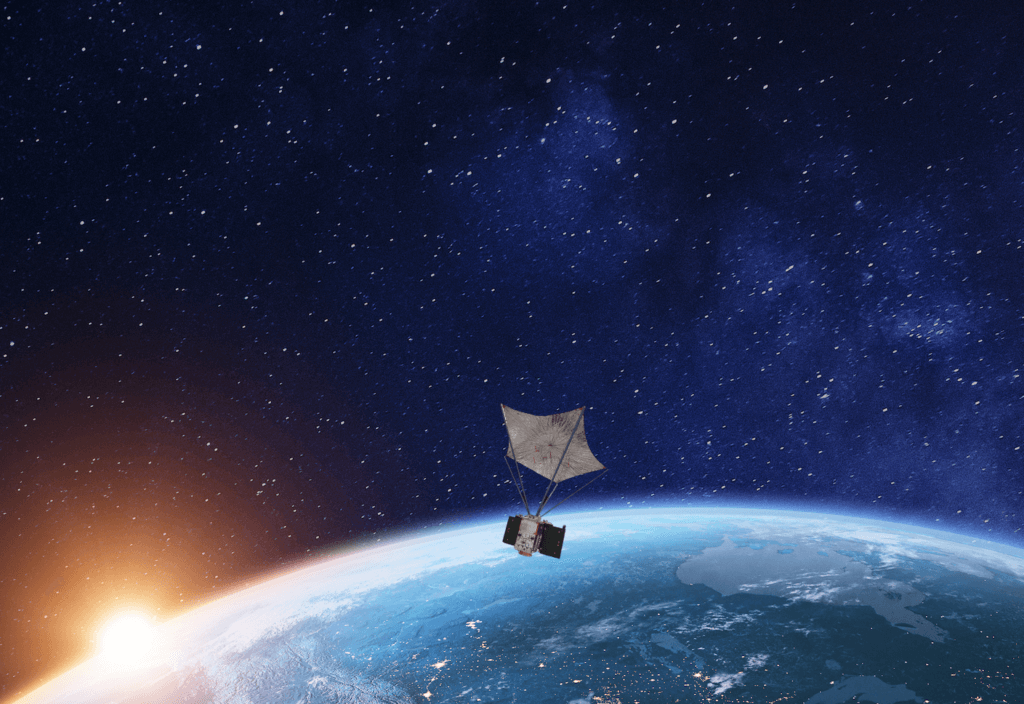
NeuSAR over Earth.

